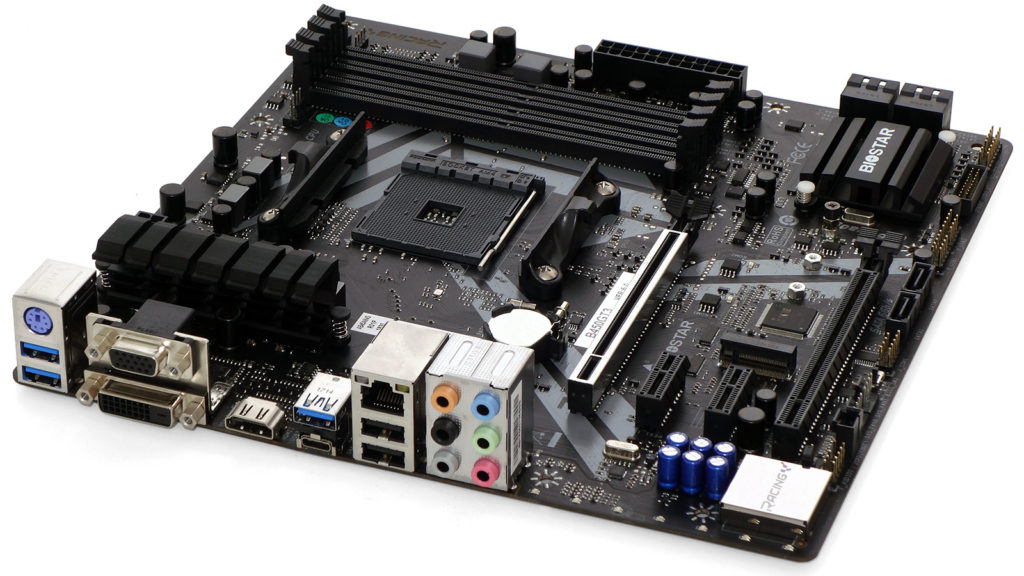AMD’s board partners are planning to introduce the A520 chipset-based motherboards for the entry-level class next week, and the 18th A520 motherboard is being released. August as the official start date. The significantly lower-priced A520 offer is aimed primarily at desktop PC beginners and of course system integrators / finished PC manufacturers, where cost minimization is the top priority. However, the A520 chipset seems more like a very deliberately placed downgrade, because apart from the missing support of PCIe 4.0, which could have been overcome if necessary, AMD has also left the way out, which has always distinguished itself positively from Intel: namely the possibility to overclock the CPUs.
This is apparently prevented here very restrictively, which of course encourages the board partners to use the most cost-effective components possible in order to keep the price well below 100 Euros. So you can hardly expect more than 4 voltage converters, at least not on boards of the 80-Euro-class. And before one risks RMA cases, the chipset including BIOS is already trimmed from the outset so strongly that nothing can go wrong here.
The AMD X570 and B550 platforms have been available for some time now, but are still out of reach for some people financially, as they have to pay extra for the supposed PCIe Gen 4 advantage. With the A520 chipset, AMD will certainly want to dig out the market of (used) B450 boards, because many users find the usually much too expensive B550 boards simply too unattractive. The production of the B450 chipsets has already been stopped and only the new 5 series family is still in use.
AMD is also promoting compatibility with the fourth Ryzen generation, but this argument is unlikely to work, because the entry-level market usually follows its own laws. Because one could certainly have continued to use the older chipsets up to the A420. But this does not generate any new sales and you can also change other features with the introduction of a new entry-level chipset. See Overclocking. The system integrators will of course be pleased, but the knowledgeable and experimental end customer will not.
So far AMD, well aware of its own performance disadvantages compared to Intel, allowed overclocking even on the cheapest boards, but this has now come to an abrupt end. Together with your own self-confidence in finally being able to stand up to the competition, you reveal exactly the face of what you basically are: a stock market-oriented company that is committed to its own investors. If the boards with the B550 chipset were cheaper, one could certainly accept this new arrangement, but the gap is filled with products that the customers find as problematic as the H-boards from Intel.
This in turn is an extra pity and should certainly cost AMD many sympathy points with the supposed target group (especially in the mini-ITX area). Overclocking, underclocking, manual RAM optimization – you’ll certainly have to put some makeup on the A520. At least A-XMP profiles should still be allowed. Especially in the area of small, energy-saving all-rounders, such a decision is hardly comprehensible from the customer’s point of view, while the controller is sure to make leaps of joy in its own house. Let’s politely call it profit maximization and cautious redirection of flows of goods towards expensive.

One will have to see how the individual board partners implement these guidelines and whether there are still some backdoors, but I lack a little faith. That such boards will survive a Ryzen 9 3950X under load is a question that needs to be asked. If you could answer it with yes, overclocking a Ryzen 3 3300X would not break a leg and would be easily possible. If you already have such precise tools as BIOS-based current limiting, you could have simply limited the supplied package power to 105 watts. Nvidia had demonstrated this with the non-A chips in the graphics cards (only sold somewhat unprofessionally).

































Kommentieren